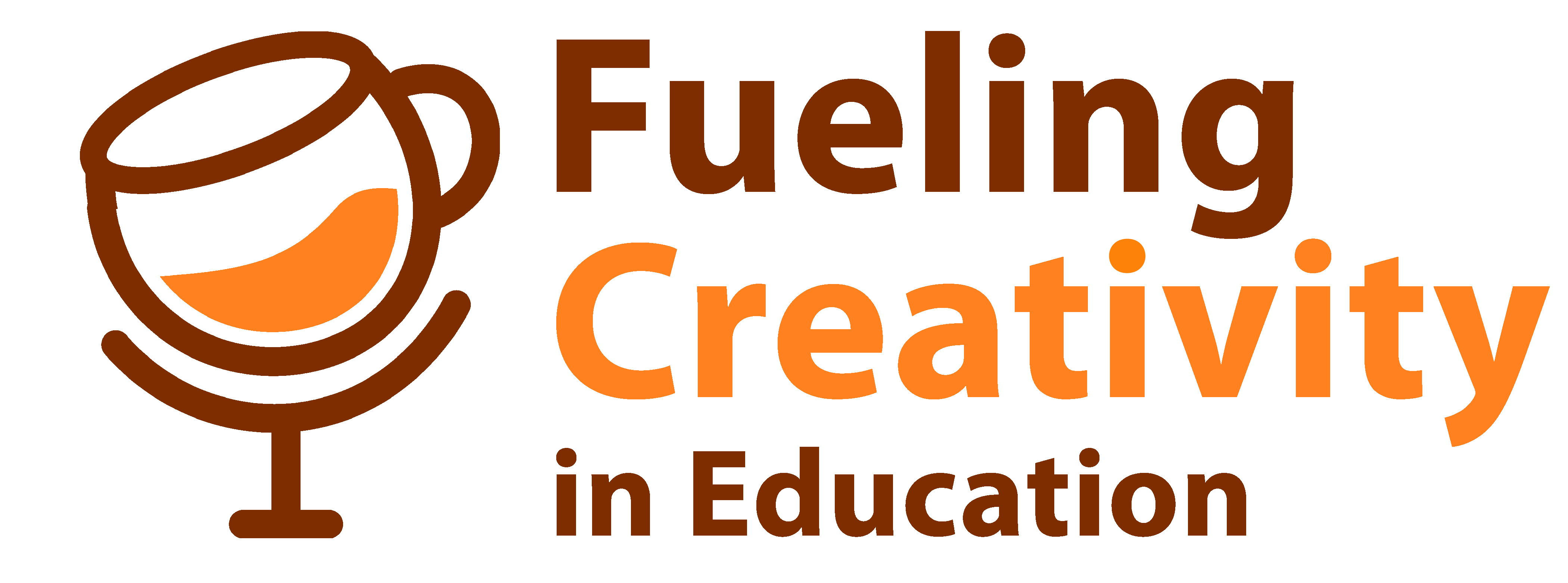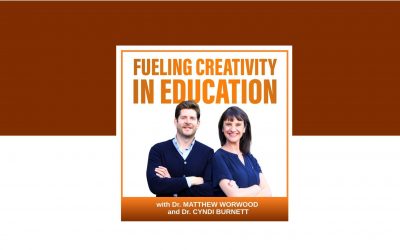Season 3, Episode 3
How Culture Influences Student Creativity
– Genein Letford
Episode Transcription
How Culture Influences Student Creativity with Genein Letford
How does culture impact a person’s ability to learn and be creative?
In this episode of the Fueling Creativity podcast, Dr. Cyndi Burnett and Dr. Matthew Worwood speak withGenein Letford, Founder and CEO of CAFFEE Strategies, a top ‘intercultural creative thinking’ professional development training organization that trains employees to unleash their innovative thinking and create sustainable, organizational inclusion strategies. Tune in to learn the fundamentals of cultural competence and Intercultural Creativity™ along with neuroscience-backed tips for teachers on helping kids grow their cultural competency.
As a trainer on creative thinking and Intercultural Creativity™, Genein has inspired and led many to reconnect to their creative abilities and produce innovative ideas for an inclusive workspace.
Genein shares her thoughts on the impact of knowing your students’ cultural value as well as how to help students become aware of their value and their cultural capital. She highlights the powerful role of emotions and storytelling in learning, then breaks down a few of the gems from her book, The 7 Gems of Intercultural Creativity, including empathetic imagination and perspective shifting. Plus, Genein sheds light on how her work as an educator has inspired her role as a mother.
Genein’s Tips for Teachers and Parents:
1. Share last. Your perspective may skew the perspective of the students, so encourage them to share their views and ideas first and then share yours afterwards.
2. Say “thank you” to students who share their answers, ideas, and views.
3. There are miracles in the metaphors. Bring metaphors into your day, your lessons, and your meetings and have fun with it.
4. Arts are key. Artistry helps grow creativity.
5. Observation is also key. You can’t be creative if you have no data to be creative with, so create activities that combine sensory information, for example, going outside and listening to the sounds of nature.
“Knowing that the cultural capital and the cultural experiences that the children are coming in with is key. That is gold because the brain doesn’t learn by just throwing new information to it, the brain learns through integration, by integrating new information to already learned information. And so, if the teacher or the educator… doesn’t know what the child already knows and what is important to the child, that integration is low.”
– Genein Letford
About the Guest
Episode Debrief
Collection Episodes
Equity in Gifted Education: Overcoming Barriers to Inclusion
Season 10, Episode 3 Equity in Gifted Education: Overcoming Barriers to Inclusion“ Across the nation. Each state has its own policy for gifted education. It would be wonderful if either there were a more uniform, equitable policy and mandate for gifted. Every state...
Rethinking Gifted Education and Twice-Exceptional Learners
Season 10, Episode 2 Unlocking Potential: Rethinking Gifted Education and Twice-Exceptional Learners“ And so just changing the word doesn't necessarily change everything about it, but I think it does make it a little bit easier to talk about, especially when you get...
Celebrating One Year of Fueling Creativity! Four Key Themes
For this very special, one-year anniversary episode of the Fueling Creativity Podcast, Dr. Cyndi Burnett and Dr. Matthew Worwood have gone through all 28 interview transcriptions from the Fueling Creativity episodes and identified four powerful themes that have emerged from these discussions. They originally presented these themes at the Creativity Expert Exchange at SUNY Buffalo State.
Podcast Sponsor

We are thrilled to partner with Curiosity 2 Create as our sponsor, a company that shares our commitment to fostering creativity in education. Curiosity 2 Create empowers educators through professional development and community support, helping them integrate interactive, creative thinking approaches into their classrooms. By moving beyond traditional lecture-based methods, they help teachers create dynamic learning environments that enhance student engagement, improve academic performance, and support teacher retention. With a focus on collaborative learning and exploration, Curiosity 2 Create is transforming classrooms into spaces where students thrive through continuous engagement and growth.








